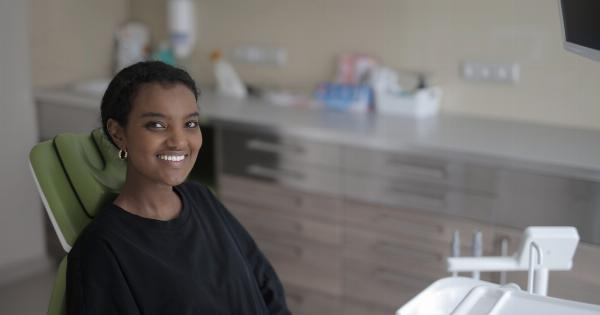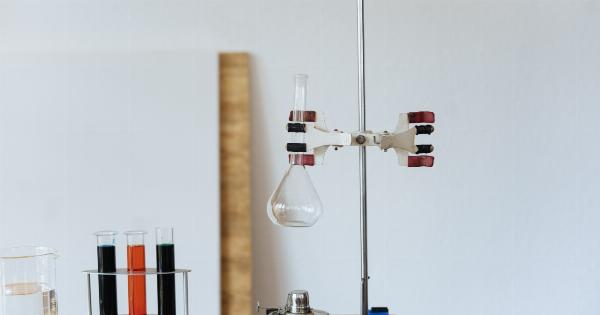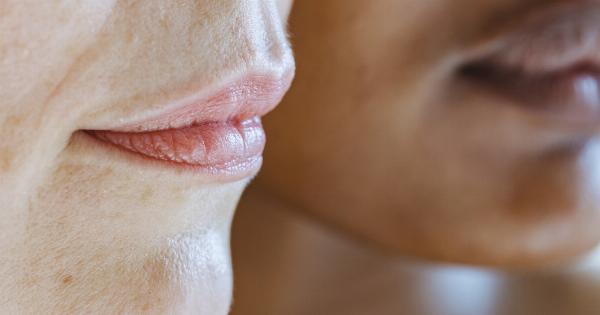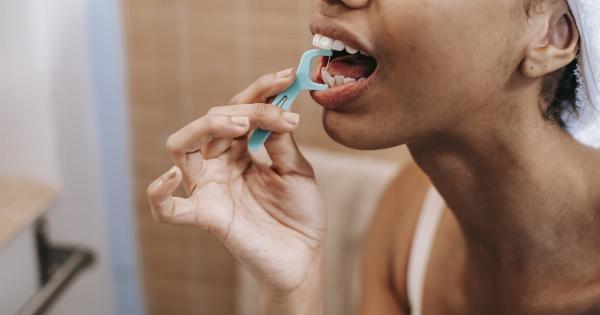Warts are small, harmless growths on the skin caused by the human papillomavirus (HPV) infection. They can appear on various parts of the body, including the hands, feet, and genitals.
While warts are generally not a significant health concern, they can be unsightly and cause discomfort. Therefore, understanding wart prevention techniques is crucial. This article will provide you with essential information on wart prevention and how to keep your skin healthy and wart-free.
Types of Warts
Before we dive into wart prevention strategies, it’s important to familiarize yourself with the different types of warts:.
1. Common Warts
Common warts usually appear on the hands, fingers, or around the nails. They have a rough surface and can be gray, brown, or flesh-colored.
2. Plantar Warts
Plantar warts often develop on the soles of the feet. They can be quite painful and may have tiny black dots or “seeds” in the center.
3. Flat Warts
Flat warts are small and smooth warts that commonly occur on the face, neck, or hands. They are usually flesh-colored or slightly pink.
4. Genital Warts
Genital warts appear on the genital area and are spread through sexual contact. It’s essential to seek medical attention for genital warts.
Wart Prevention Techniques
While warts are contagious and can spread from person to person or from one part of the body to another, there are several preventive measures you can take to reduce the risk of developing warts:.
1. Practice Good Hand Hygiene
Washing your hands thoroughly and regularly can help prevent the spread of the HPV virus. Be sure to use soap and warm water, especially after touching common surfaces or potential sources of infection.
2. Avoid Touching Warts
Direct contact with a wart increases the likelihood of developing one. It’s crucial to avoid picking, scratching, or biting warts, as this can lead to further infection and multiplication.
3. Keep Your Skin Dry
Moist environments provide a breeding ground for the HPV virus. Keep your skin clean and dry, especially if you have a cut or abrasion, to prevent warts from taking hold.
4. Protect Your Feet
Wear shoes or sandals in public spaces such as gyms, locker rooms, and swimming pools to avoid direct contact with the virus. Additionally, use footwear that fits properly to minimize any cuts or damage to your feet.
5. Don’t Share Personal Items
Avoid sharing items that come into direct contact with the skin, such as towels, socks, shoes, and razors. It’s especially important not to share personal hygiene items with individuals who have warts.
6. Avoid Going Barefoot
Walking barefoot on potentially contaminated surfaces increases your risk of contracting the HPV virus. Always wear appropriate footwear to reduce your chances of getting warts.
7. Boost Your Immune System
A strong immune system can help fight off HPV and prevent warts from forming. Maintain a healthy lifestyle by eating a balanced diet, exercising regularly, and getting enough sleep.
8. Regularly Inspect Your Skin
Stay vigilant and check your skin regularly for any signs of warts or unusual growths. Early detection can lead to prompt treatment and prevent further spread.
9. Use Protection During Sexual Activity
Using condoms and practicing safe sex can significantly reduce the risk of contracting genital warts. It’s essential to communicate openly with your partner about any pre-existing conditions.
10. Seek Professional Medical Advice
If you notice any new growths or suspect you have warts, don’t hesitate to consult a healthcare professional. They can provide an accurate diagnosis and recommend the most suitable treatment options.
Conclusion
Preventing warts involves adopting good hygiene practices, protecting yourself from potential sources of infection, and maintaining a healthy immune system.
By implementing these preventive measures, you can reduce your risk of developing warts and keep your skin healthy and wart-free. Remember, early detection and timely medical intervention are crucial for effective treatment. Take care of your skin, and prioritize prevention to avoid the discomfort and inconvenience of warts.






























